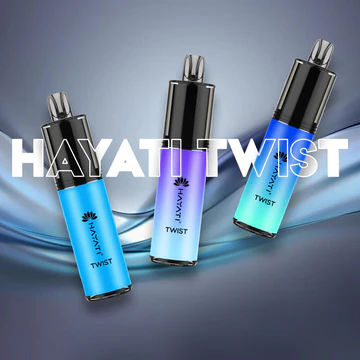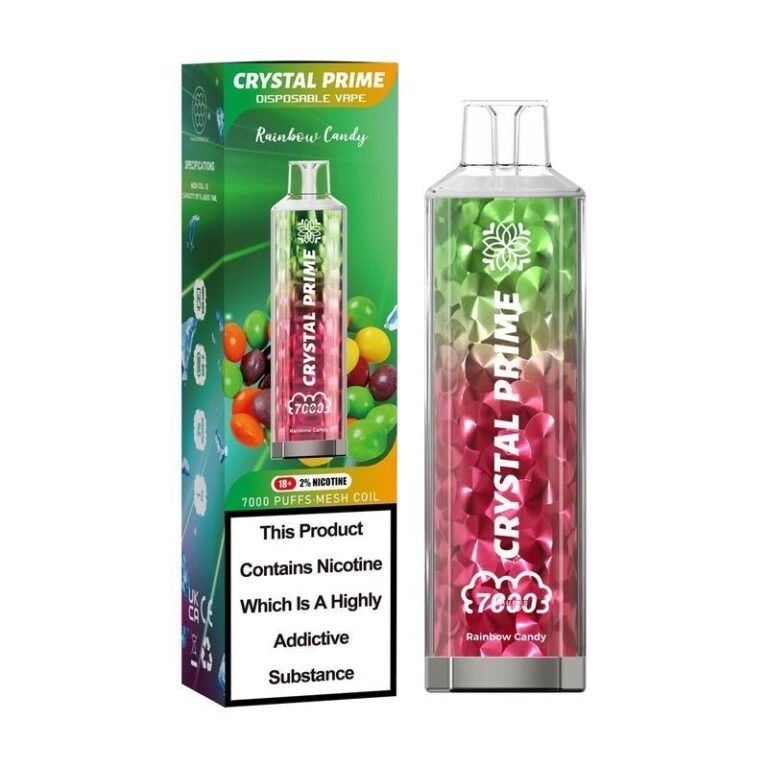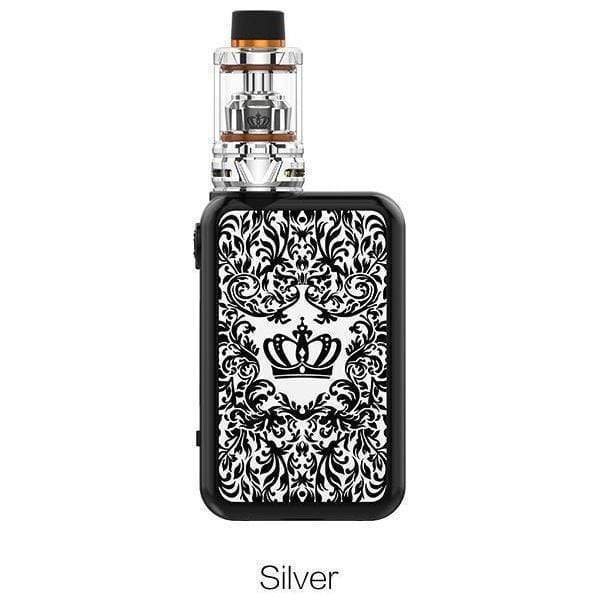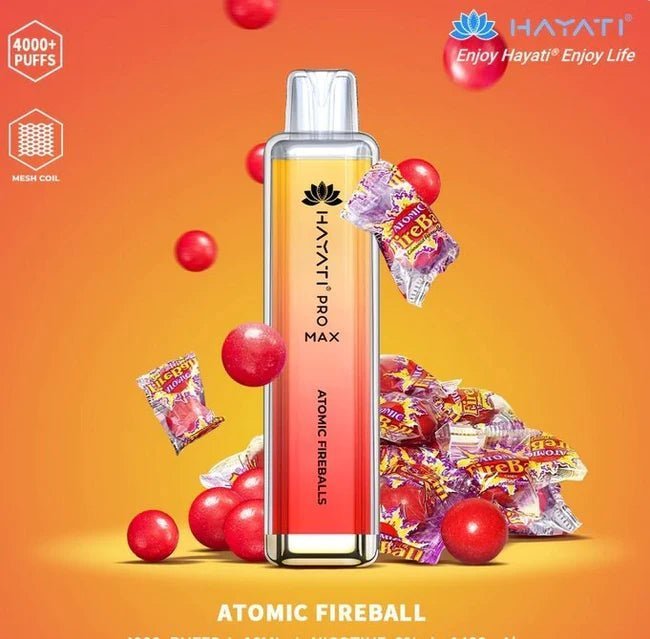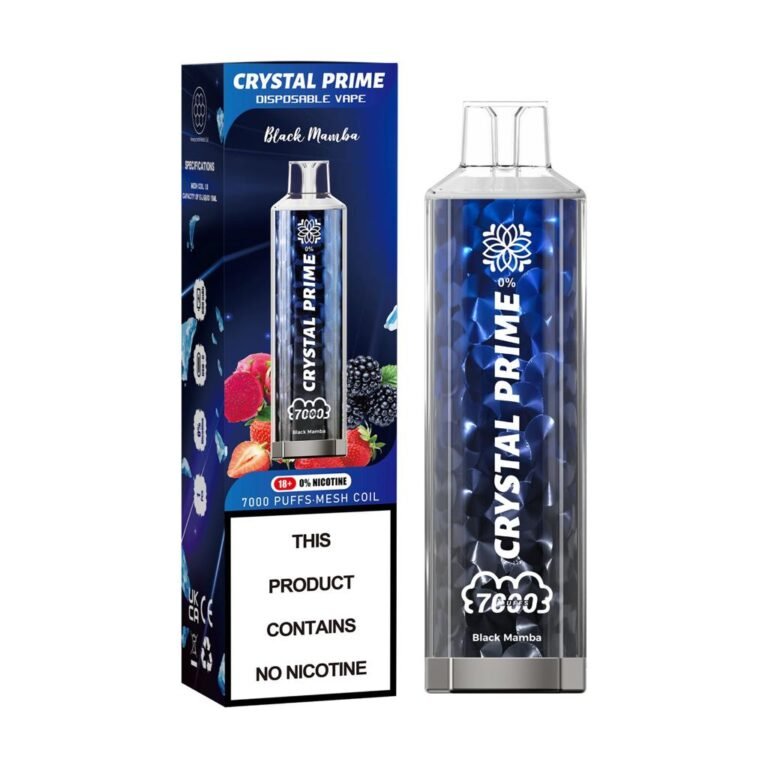How to Choose the Perfect Vape Tank: A Beginner’s Guide
If you’re new to vaping or considering upgrading your current setup, one of the most important decisions you’ll make is choosing the right vape tank. The vape tank plays a crucial role in your overall vaping experience, as it holds the e-liquid and is responsible for delivering vapor to your mouth. With so many different types of tanks available on the market, selecting the right one can seem overwhelming. However, understanding the different features, coil options, and compatibility factors will help you make an informed choice. This guide will walk you through the essential considerations and features to look for when choosing the perfect vape tank for your needs.
Thank you for reading this post, don't forget to subscribe!What is a Vape Tank?
A vape tank is the part of your e-cigarette or mod that holds the e-liquid (juice) and houses the coil responsible for heating the liquid and turning it into vapor. Most vape tanks consist of several components:
- Glass or Plastic Tank: The section that holds the e-liquid.
- Coil: The part that heats the e-liquid to produce vapor.
- Drip Tip: The mouthpiece through which you inhale the vapor.
- Base: The part of the tank that attaches to the battery or mod.
Types of Vape Tanks
There are several different types of vape tanks, each suited for different vaping styles. Here’s a breakdown of the most common types:
- Sub-Ohm Tanks
- Best for: Cloud chasers and those who prefer direct-to-lung (DTL) inhalation.
- Coil Resistance: Sub-ohm coils have a resistance of less than 1.0 ohm, meaning they allow more power and vapor production.
- Features: Sub-ohm tanks typically have larger coils, wide airflow, and bigger e-liquid capacity, making them ideal for producing large clouds and smooth airflow.
- Mouth-to-Lung (MTL) Tanks
- Best for: Beginners and those looking for a more traditional cigarette-like experience.
- Coil Resistance: MTL tanks typically use higher resistance coils (above 1.0 ohm) for a tighter draw and less vapor.
- Features: These tanks have a narrower airflow, simulating the sensation of smoking a cigarette. MTL tanks are ideal for nicotine salts and provide a satisfying throat hit.
- RTA (Rebuildable Tank Atomizer)
- Best for: Advanced vapers who prefer customization.
- Coil Resistance: Since you build your own coils, the resistance can vary.
- Features: RTAs allow you to build your own coils and wicks, offering complete control over the vaping experience. They are ideal for those who want to experiment with different builds and flavors.
- RDA (Rebuildable Drip Atomizer)
- Best for: Vapers who prioritize flavor and cloud production.
- Coil Resistance: Similar to RTAs, RDAs use custom coils and wicks.
- Features: RDAs don’t have a tank to store e-liquid. Instead, you drip e-liquid directly onto the coils. This design produces intense flavor and large clouds but requires frequent dripping.
- Clearomizers
- Best for: Beginners who want an easy and affordable tank option.
- Coil Resistance: Clearomizers generally feature lower resistance coils (1.0 ohm or lower).
- Features: These are the most basic type of vape tank. They are user-friendly and offer easy coil replacement and e-liquid refilling, making them a good starting point for newcomers.
Key Features to Consider
When choosing the perfect vape tank, there are several key features to keep in mind to ensure a satisfying experience:
- Tank Capacity
- Smaller Tanks: Typically range from 2ml to 4ml of e-liquid. These are more compact and portable but require more frequent refilling.
- Larger Tanks: Can hold 5ml or more of e-liquid, meaning you can vape for longer without having to refill. They are ideal for those who want a hassle-free vaping experience.
- Coil Compatibility
- Pre-built Coils: Most beginner tanks use pre-built coils, making them easy to use and replace. These coils are available in different resistances for different vaping styles (sub-ohm or MTL).
- Rebuildable Coils: If you opt for an RTA or RDA, you’ll need to build and wick your own coils. While this provides more customization, it also requires more maintenance and knowledge of coil building.
- Airflow
- Adjustable Airflow: Many tanks allow you to adjust the airflow by turning a ring on the base of the tank. A wider airflow gives a smoother and airier draw (ideal for sub-ohm vaping), while a tighter airflow is perfect for MTL vaping.
- Fixed Airflow: Some tanks come with a fixed airflow, which means you can’t adjust the draw. These are more common in simpler, entry-level tanks.
- Material and Build Quality
- Glass Tanks: Glass tanks are the most common and are highly durable. They also allow you to see how much e-liquid is left.
- Plastic Tanks: Plastic tanks are less prone to breaking but may be more prone to cracking if exposed to certain e-liquids, particularly citrus-based flavors.
- Ease of Refilling
- Top-Fill Tanks: These tanks are convenient because you can refill them from the top without removing the tank from the mod. Most modern tanks feature a top-fill design, which minimizes mess and hassle.
- Bottom-Fill Tanks: These tanks require you to unscrew the bottom to refill. While less convenient, they are still widely used.
- Leak Prevention
- While most tanks are designed to prevent leaks, some tanks are better at minimizing leakage than others. Look for tanks that have a tight seal and a secure threading system. Sub-ohm tanks and MTL tanks generally have better leak prevention features compared to rebuildable tanks.
Choosing the Right Tank for Your Vaping Style
- If You’re a Beginner:
- If you’re just starting out, a clearomizer or MTL tank with a simple top-fill design and pre-built coils is a great option. These tanks are user-friendly, offer a smoother throat hit, and help you get accustomed to the basics of vaping.
- If You Prefer Sub-Ohm Vaping:
- If you’re looking to produce large clouds and enjoy direct-to-lung (DTL) inhalation, a sub-ohm tank is your best bet. These tanks provide more vapor and are ideal for vapers who enjoy the performance and vapor production.
- If You Want Customization:
- If you’re an experienced vaper and enjoy customizing your coils and vaping experience, consider getting an RTA or RDA. These tanks allow you to build your own coils and fine-tune the airflow and flavor.
- If You’re Always on the Go:
- If you need something compact and easy to carry, look for smaller tanks with leak-proof designs and a top-fill system. A pod system might also be a good choice for convenience and portability.
Conclusion
Choosing the perfect vape tank involves understanding your vaping style, preferences, and the features that matter most to you. Whether you’re new to vaping or an experienced enthusiast, there’s a tank that suits your needs. Consider the type of vape you prefer (MTL vs. sub-ohm), the tank’s capacity, ease of use, and coil compatibility to find the best fit. With this beginner’s guide, you’re now equipped with the knowledge to select a vape tank that will enhance your vaping experience, whether you’re after flavor, clouds, or ease of use.
FAQs
- What’s the difference between sub-ohm and MTL tanks? Sub-ohm tanks are designed for larger vapor production and direct-to-lung inhalation, while MTL tanks mimic the experience of smoking a cigarette with a tighter draw and less vapor.
- How do I know which coil resistance to choose? If you prefer a smooth, high vapor production, opt for lower resistance coils (under 1.0 ohm). For a more traditional, cigarette-like draw, higher resistance coils (above 1.0 ohm) are ideal.
- Can I use any vape tank with my mod? Not all vape tanks are compatible with all mods. Make sure the tank’s connection type matches your mod, and that your mod can handle the wattage required by the tank’s coils.
- Are rebuildable tanks suitable for beginners? Rebuildable tanks (RTA and RDA) require more knowledge and experience in coil building. If you’re a beginner, it’s better to start with a clearomizer or sub-ohm tank with pre-built coils.
- What should I look for in a vape tank to prevent leaks? Look for tanks with secure threading, tight seals, and a solid airflow control system. These features help prevent leakage, especially when the tank is stored or transported.
